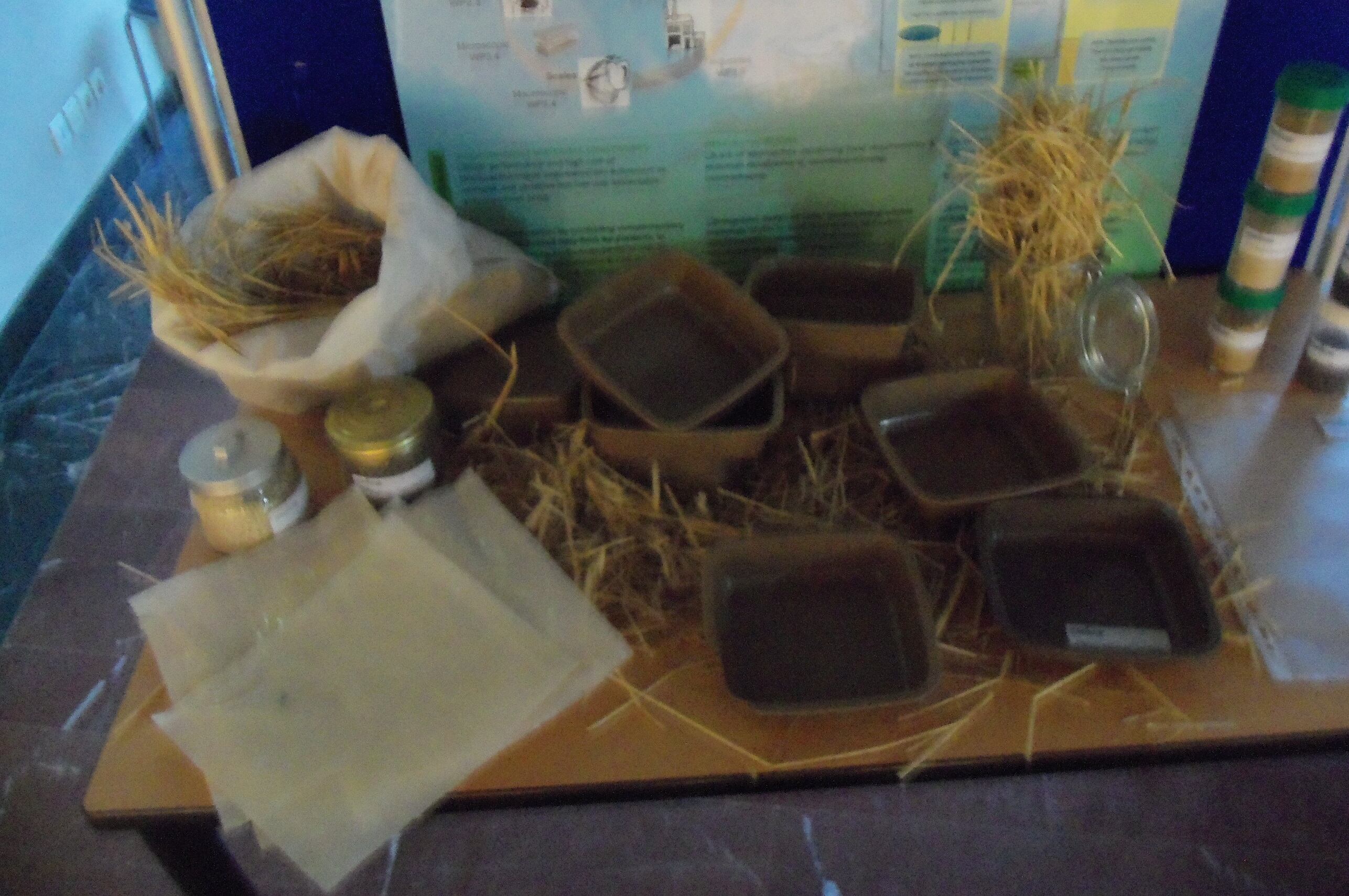Ecoefficient biodegradable composite advanced packaging (EcoBioCap) was a European project which developed biodegradable packaging from food industry by-products.
The targeted sectors included fresh perishable foods (fruit and vegetable, cheese and ready to eat meals).
Project partners
Partners included SIK (now SP Food and Bioscience) in Sweden, Fraunhofer IVV (Germany), Nanobiomatters and Novamont.
It looked at the processing of vegetal (agro-polymers and fibres) and microbial (bio-polyesters) engineered polymers and developing biodegradable fillers and additives to improve material performance.
Nathalie Gontard, professor at INRA-UM and co-ordinator of the project, said the polymer of choice was poly(3-hydroxybutyrate-co-3-hydroxyvalerate (PHBV).
Jose Maria Lagaron, Agencia Estatal Consejo Superior de Investigaciones (CSIC), head of work package (WP) 2 revealed concerns with polyhydroxyalkanoates (PHAs) aroundGMO, price and adequate properties.
This part of the project addressed production, optimization and characterization of identified constituents to be used for the formulation of food packaging in WP3.
Feedstocks investigated included olive oil meal, cheese whey and sugar cane molasses.
Work package breakdown
Cornelia Stramm from Fraunhofer IVV, led WP3 which developed packaging materials from the different constituents developed in WP2.

It involved a compounding process to integrate the fibres and polymer materials from WP2 to produce flexible thin films by extrusion and used injection molding or thermoforming for the rigid trays for the targeted foods.
Helene Angellier-Coussy, from INRA-UM, said WP4 explored the material stability and food safety aspect of using food contact materials from waste sources.
The next stage was assessing the environmental impact of the chosen packaging materials, according to Katarina Nilsson from SIK-SP.
She said waste should be thought of as a resource with the growing population and identified the logistics of collection, the access to sufficient volumes of waste and optimising production processes as key areas.
As part of WP 6 on industrial applicability, Csaba Baar from Campden BRI (Hungary), revealed the results of studies on shelf life and consumer acceptance.
For the consumer acceptance survey, the proposed packaging recorded lower scores, when compared with an industry benchmark package, before opening which was due to it not being transparent or having a reclosable feature.
Production of PHA, wheat straw fibres fractions, cellulose, lignin rich fractions and zein-based adhesives were upscaled to small pilot plant level in this stage.
